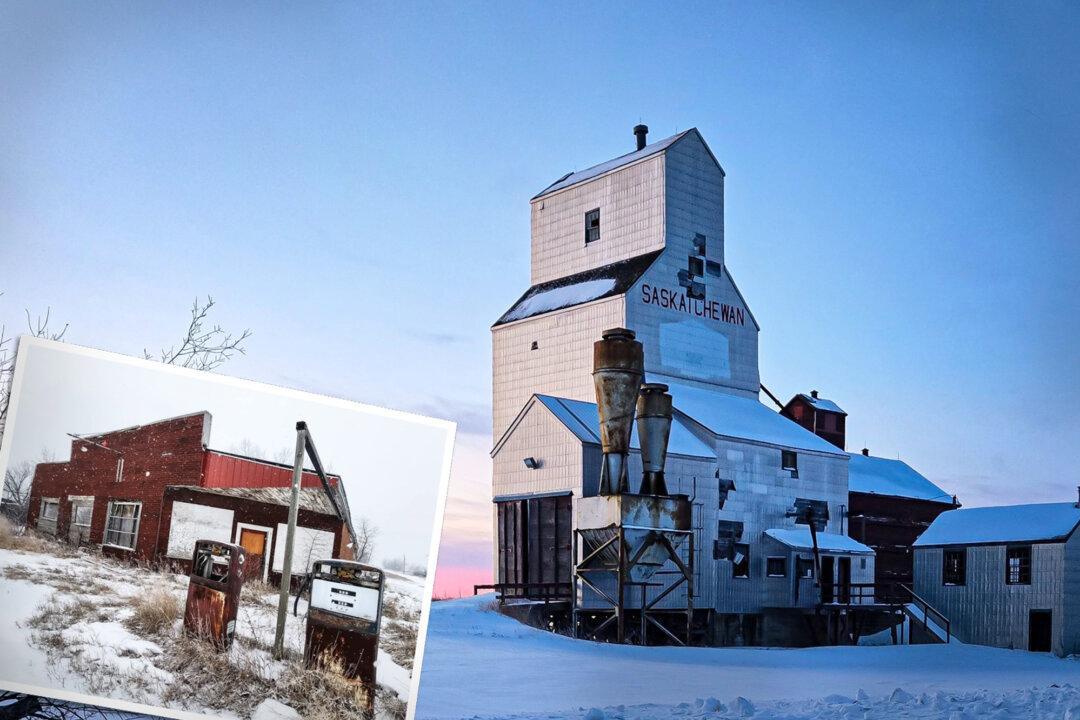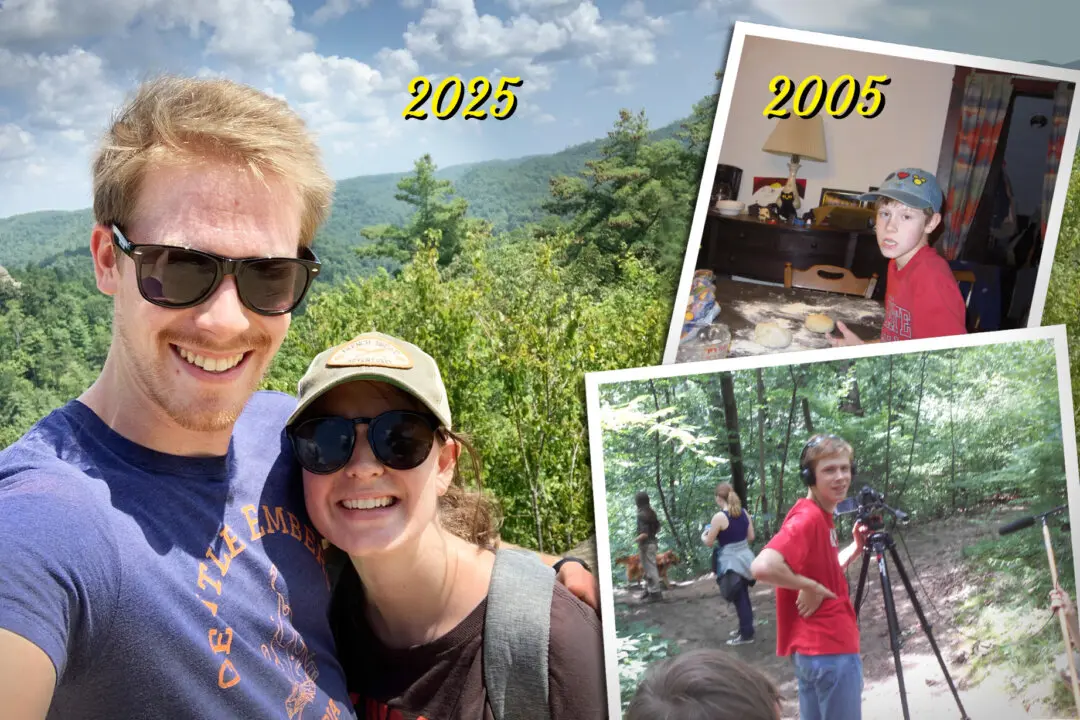Maricris Moresca is many things—a hockey mom who works full time booking appointments at a car dealership, a Canadian immigrant from the Philippines, and a survivor. But between work and ferrying her kids to and from the ice rink, the unassuming 35-year-old from the tiny town of Lipton, Saskatchewan, is an explorer of forgotten places.
Driving the country road with her son and daughter to the village of Lafleche for their hockey game, Moresca weaves through the small towns of Ardill and Gravelbourg and the city of Moose Jaw. Lugging her camera along with hockey gear, she drops the kids off and then heads north to Gravelbourg for a few hours to snap nostalgic photos.





